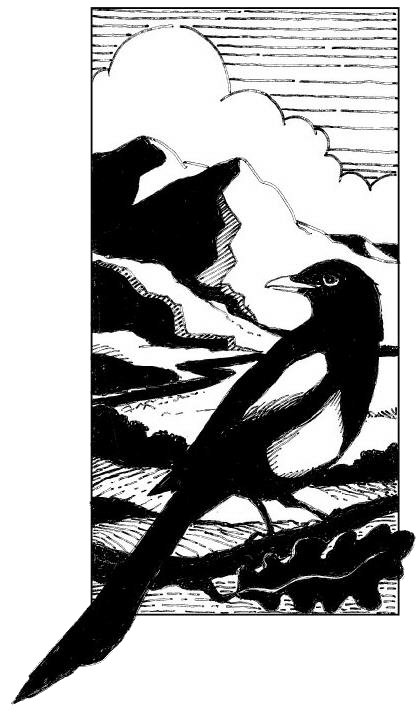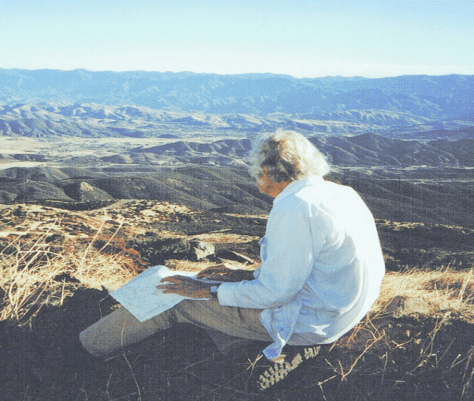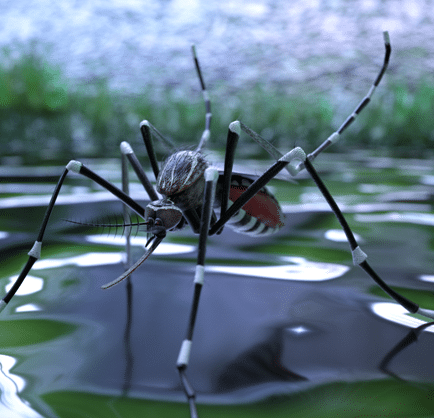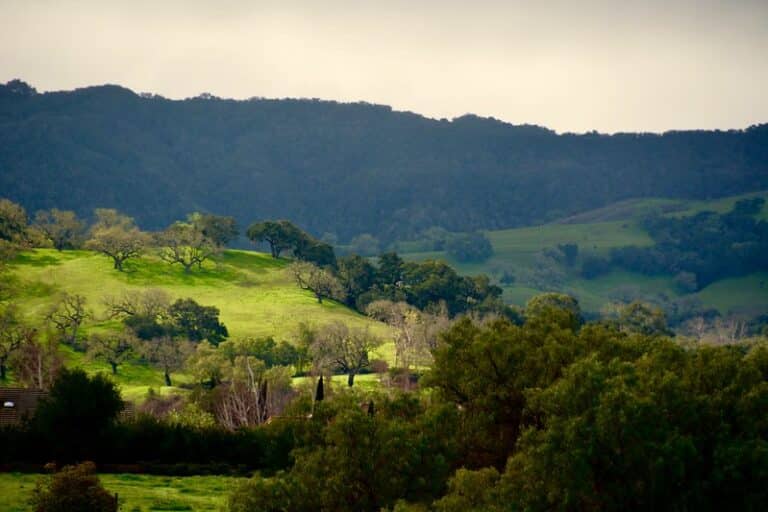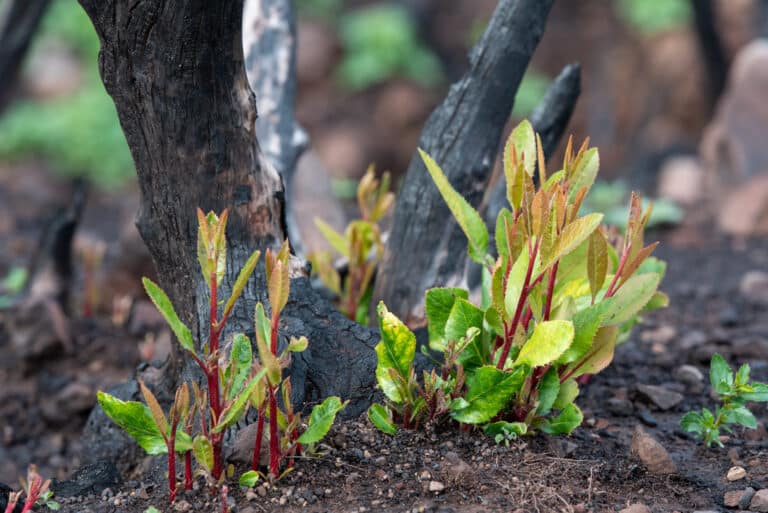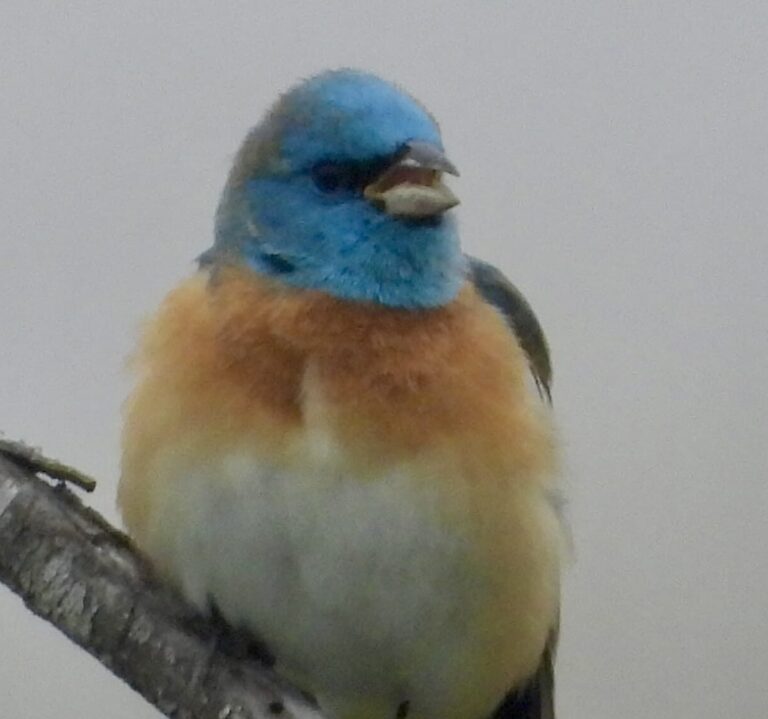Field trip with Larry Ballard
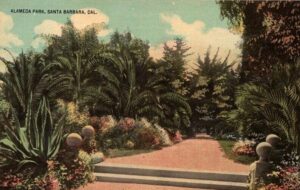
Sunday, March 12, 9:00 to 11:30 a.m.
Alameda Park in Santa Barbara
Participation is limited to 20
$10 members, $25 nonmembers NEED CHILDREN
Advance registration is required for this field trip and will open at 9:00 a.m. on Feb. 12 for members and on Feb. 26 for nonmembers at syvnhs@syvnature.org or 805/ 693-5683.
Directions and meet-up location will be emailed to registered participants.
Join naturalist Larry Ballard for a stroll through Santa Barbara’s Alameda Park, where he’ll discuss the botany and history of selected trees that have been cultivated on these two city blocks. Alameda Park is home to 300 trees, comprising about 75 species from six different continents; at least six of the park’s specimen trees are found nowhere else in the Santa Barbara region. There is a California Big Tree state champion, three trees planted by King Albert and Queen Elizabeth of Belgium on their visit to Santa Barbara in 1919, several specimens over 100 years old, and another nearly 100 feet tall. Larry plans to focus on the species with the best stories.
The two city blocks that make up Alameda Park were first referred to as “blocks 73 and 74” in a 1868 Santa Barbara city ordinance that foreshadowed the city’s arboreal legacy. These blocks remained in a state of neglect until 1902 when Dr. Augustus Boyd Doremus was appointed to Santa Barbara’s newly established Parks Commission. His efforts included planting several hundred trees in the park and along streets all over the city in the following decades. About 40 of the trees in Alameda Park planted by Doremus still survive.
Larry Ballard is a natural history educator with a focus on botany and has been a popular field trip leader for the SYVNHS and other organizations for nearly 25 years. He has offered past tours of the famous collection of trees on the campus of UCSB, as well as educational walks to introduce the trees of valley communities, including Los Olivos, Santa Ynez, and Solvang.
